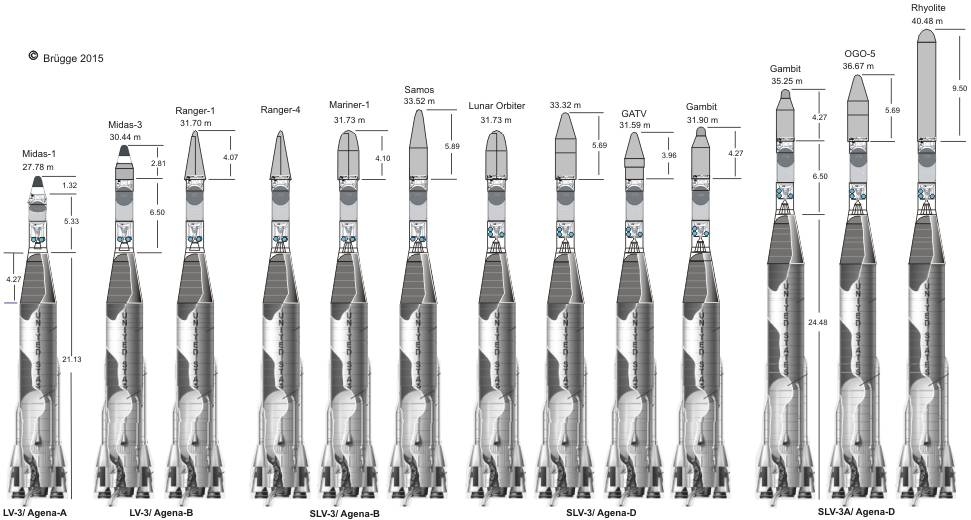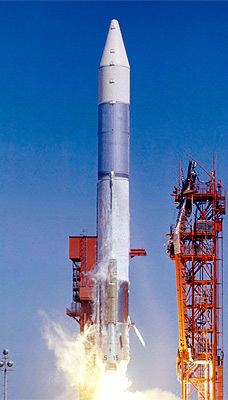
The capsule was found by tractor drivers, who disassembled it and used the film to wrap around the frame of their outhouse to provide some privacy in the treeless area. Also recovered were a pear-shaped module made of fibreglass, and an inertial orientation system powered by electric motors. It was equipped with a 30 cm lens and 100's of metres of 10 cm wide film. He relates that a second American capsule was recovered in the spring of 1961. In his memoirs Sergei Khrushchev recounts recovery of what he believed to be a recoverable Samos, except the date given is the winter before tests of this configuration actually started. Reached orbit but failed to deorbit and be recovered. Period: 89.40 min.įirst generation photo surveillance return of camera and film by capsule SAMOS type satellite. First generation photo surveillance return of camera and film by capsule SAMOS type satellite. The orbit decayed and the spacecraft reentered Earth's atmosphere on 20 November 1961. The spacecraft was launched into a low earth parking orbit, but an inoperative roll gyro prevented Agena restart resulting in Ranger 2 being stranded in low earth orbit. This was a flight test of the Ranger spacecraft system designed for future lunar and interplanetary missions. Period: 165.51 min.įAILURE: Agena B Second Stage failed to restart. First generation photo surveillance radio relay of images.

Ranger 1's primary mission was to test the performance of those functions and parts that are necessary for carrying out subsequent lunar and planetary missions using essentially the same spacecraft design.įAILURE: Exploded on launch pad. Ranger 1 reentered on August 29 after 111 orbits. Although the spacecraft systems were tested successfully, only part of the eight project experiments could be carried out. The 306 kg spacecraft did not attain the scheduled extremely elongated orbit because of the misfiring of the Agena B rocket. Ranger 1, a test version of the spacecraft which would attempt an unmanned crash landing on the moon, was launched from the Atlantic Missile Range by an Atlas-Agena B booster. Missile Defense Alarm System.įAILURE: Agena B second stage failure. This vehicle achieved a record 1,850-mile orbit and was the heaviest U.S. MIDAS III (Missile Defense Alarm System) satellite was launched into polar orbit from Vandenberg AFB by the first Atlas D/Agena B booster (97D/#1201). Status: Out of Production.Īgena D stages in process, Hangar E, Cape Canaveral Atlas D with improved, enlarged Agena upper stage. The mission was over after five orbits.Home - Search - Browse - Alphabetic Index: 0- 1- 2- 3- 4- 5- 6- 7- 8- 9Ī- B- C- D- E- F- G- H- I- J- K- L- M- N- O- P- Q- R- S- T- U- V- W- X- Y- ZĬredit: © Thomas Kladiva - Thomas KladivaĪmerican orbital launch vehicle.

Only limited payload data was obtained before a power failure occurred in the Agena. One of the two solar arrays had failed to deploy properly. On 12 July 1961, the Atlas booster carrying MIDAS 3 lifted off from Vandenberg AFB and successfully reached a 3400 km circular polar orbit. Two deployable solar arrays were mounted on the aft equipment rack of the Agena-B to provide power. The increased tankage and a new dual-burn rocket engine would permit reaching a planned circular polar orbit at an altitude of 3400 km, the orbit then considered most appropriate for an operational constellation of MIDAS satellites. The Agena-B was nearly twice the length of its Agena-A predecessor. The Agena-B upper stage of the Atlas-LV3 Agena-B launch vehicle was used as the spacecraft bus and provided power and attitude control to the MIDAS payload.
#Atlas agena payloaf series
MIDAS Series 2 carried a new infrared payload built by Baird-Atomic, one that featured 175 detectors capable of sensing ICBM targets at a maximum slant range of 4200 nm, The payload was designed to scan at a rate of 6 rpm, a rate of rotation three times faster than the Series I payloads.

The MIDAS Series 2 (Military Defense Alarm System) satellites, MIDAS 3, 4, and 5, were the second development models for the MIDAS early warning system.


 0 kommentar(er)
0 kommentar(er)
